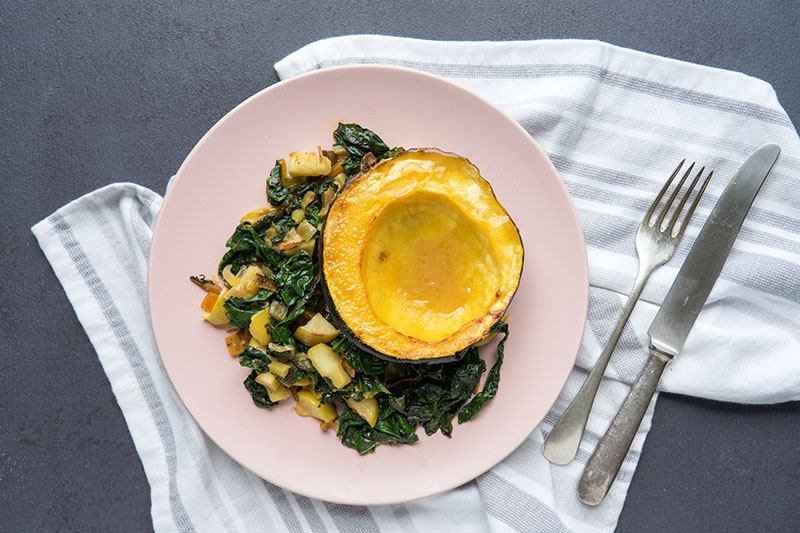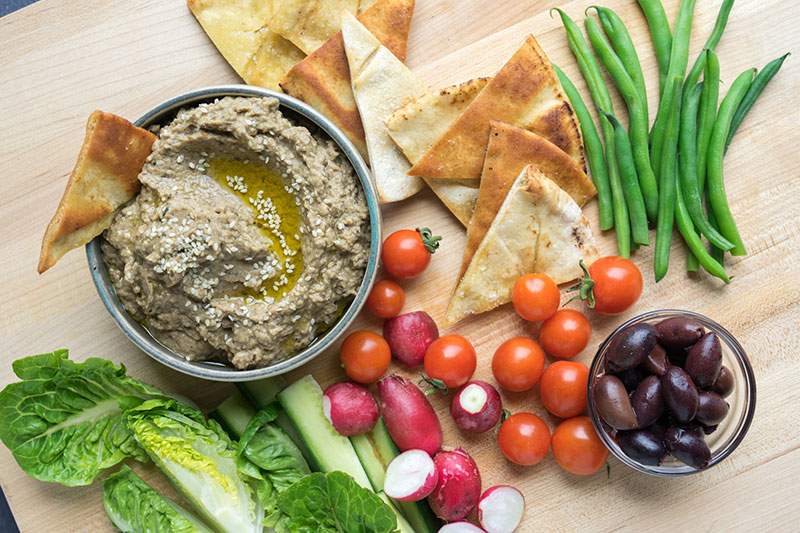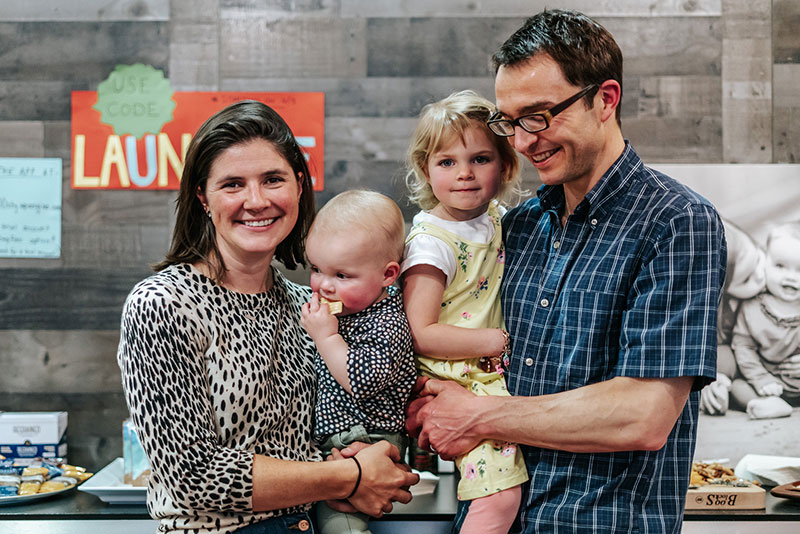“Plan your meals.” It’s the advice you’ll see at the top of every list of food waste reduction tips. That sounds pretty simple, but in reality, it’s why many of us fall short of our dinner and food waste goals. After all, we’re not all gifted with the creative and organizational skills of a professional chef — or the time to make a good meal plan.
Chef Alison Mountford is gifted with those skills — and she’s helping busy people make dinner decisions easier and more efficient with Ends+Stems, a new meal planning service with a special focus on minimizing food waste. When you become a member, you receive a new meal plan from Alison’s growing recipe database every week. You can edit it based on your preferences and schedule, then Ends+Stems generates a grocery list. You can choose a vegetarian or omnivore menu, save favorite recipes, and adjust serving sizes. She even provides notes on how to make recipes vegan, paleo, dairy-free, or gluten-free.
We are excited about Alison’s approach to meal planning. So far, Ends+Stems subscribers have saved the equivalent of close to 100,000 slices of pizza from going to waste. (Here’s how she calculates that.) Read on to learn more about Alison and her meal planning method, then scroll down for a special Ends+Stems discount for Sustainable America readers and details about our Instagram contest!

Sustainable America: How did you come to be concerned about food waste?
Alison Mountford: I’ve been a self-employed professional chef for 15 years. Managing food cost is integral to my business’s financial health, so minimizing waste always been a concern. In 2015 though, I read one of the early NRDC reports showing the gigantic scale of food waste in America and the great environmental costs of this waste. That was when my thoughts on food waste changed from primarily financial to environmental, and it’s when I decided I had to share what I know about managing it, especially considering the single biggest place food is wasted is in the home.
SA: Why did you decide to start a meal planning business?
AM: I first started with an Instagram feed and a blog simply sharing tips, photos, and tricks that home cooks could follow. The feedback was very positive so I began exploring ideas to create a business so I could increase my reach and spend more time developing content and helpful solutions. Food waste advocates always advise to “meal plan and shop from a list,” but upon interviewing almost 1,000 families about their habits and struggles, I found that no one had the time or inclination to write out a meal plan. An app that helps busy people make smart meal plans with just a few clicks was something the majority of people interviewed said they would want to use!
SA: How does meal planning help prevent food waste?
AM: It helps in a few ways. First, when you have a plan before you shop, you are much more likely to buy fewer items and more likely to follow through on cooking them all. Many people shop haphazardly for items that look good in the moment. But then later in the week, they feel unable to actually cook those items either because ingredients for a particular recipe are missing or they can’t see how the items they bought all fit together.
Second, meal planning helps take away the emotional labor of deciding what to cook when you’re exhausted after a long day of work. It’s much easier to just follow through on a good plan than start from scratch.
Third, if you have kids, working on a meal plan together gives them a feeling of being heard — when they get to choose a side dish or main course they’re much more likely to eat that dinner without complaint.

SA: What are your top tips for meal planning?
AM: Start with your calendar for the week and be realistic about what you can handle. Meal planning does not mean going from zero to 60. Note how many people will be home each night and if anything out of the ordinary is going on.
I like to set a category for each night that repeats weekly — meatless Monday, pasta on Tuesday, chicken Wednesday — this cuts down on the dreaded decision paralysis!
Choose a favorite or find a recipe for each night you’ll be cooking. If needed, save or print the recipe. Then make your grocery list and shop. It can be fun to write the menu out somewhere for everyone to see.
Work take-out and leftovers into your meal plan. My family orders in burritos on Thursdays because both parents work late and that’s just what works.
I am also a proponent of cook once and eat twice. Cook two extra chicken breasts on Monday and then have a chicken Caesar salad on Wednesday. Or, roast double the cauliflower as a side dish the first night and serve it over a salmon rice bowl the next.
SA: Tell me about your recipes and how your plan works to prevent waste.
AM: My recipes are meant to be doable weeknight family meals. The majority take fewer than 30 minutes and have simple steps. My goal is to strike balance between feeling excited about eating something delicious while keeping it simple enough to be fun.
Unlike most meal plans you see online, Ends+Stems recipes aren’t just pulled randomly from a large database. I specifically design each menu and write the recipes to fit together each week. I use my extensive cooking background to start, then I test and tweak the three recipes together for best results.
Also, I measure some ingredients differently than some recipes. For example, I always say half an onion or a whole head of cauliflower rather than using cups. Most savory cooking can handle a little more or a little less of these things, and you won’t be left with a few tablespoons of diced raw onion this way.
SA: Are there other ways Ends+Stems can help people reduce food waste?
AM: Though the meal planning app and recipes are the main feature, we are much more than that! On the site there is a family food waste audit, a recipe search, and weekly “prep ahead” step you can take to get a jump start on the week. We have a Facebook group for conversation, and support and a free newsletter that has exclusive recipes, tips, videos, and techniques. Subscribers also receive a weekly impact report that shows the reduction in greenhouse gasses since they’ve been cooking along, and the entire community’s impact too! Individual behaviors really do add up.

Chef Alison Mountford and her family.
SA: What are some of your members saying about Ends+Stems?
AM: One of my favorite testimonials is from Susannah in San Francisco who simply said, “You were the missing ingredient in my life.” Another woman in her 30s said Ends+Stems is saving her at least $240 per month and has cut her shopping time in half. And I can think of three subscribers who used to rely on meal kits with their plastic and waste-heavy grocery shipments. They liked the planning aspect but felt uneasy about the waste and disliked the expense and lack of control. They’ve told me that Ends+Stems has been the perfect compromise!
DISCOUNT AND GIVEAWAY
Want to try Ends+Stems for yourself? The first two weeks are always free, and Alison is offering 20% off monthly and annual subscriptions to Sustainable America readers for a limited time with the code AMERICA. We’re also giving away Ends+Stems subscriptions over on Instagram. Find out more at @sustainable_america and @endsandstems.
